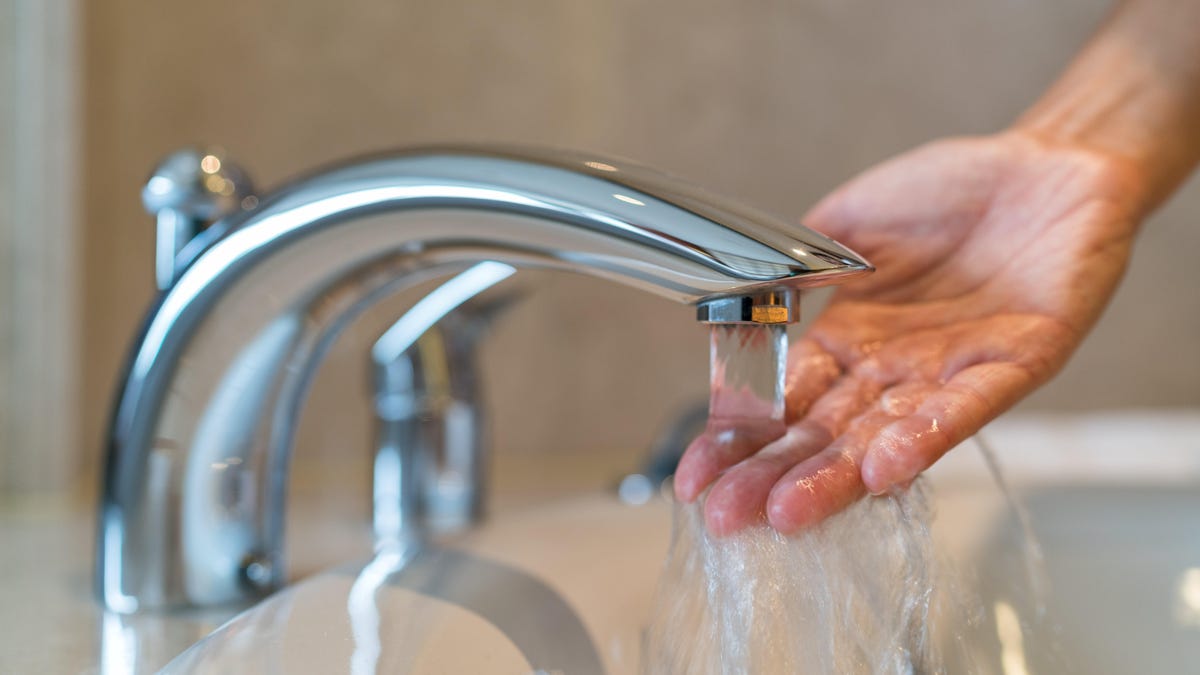You Can Fix These Common Water Heater Problems Yourself

Water heaters can seem overwhelming and intimidating to repair. They have plumbing and electrical components, two things that usually signal that hiring a professional is the best choice when you need help. While this is true for more serious problems, there are some common maintenance and repair tasks you can do yourself to keep your water hot.
Check the circuit breaker
The most common problem if your water heater is not producing hot water at all is the circuit breaker. If a power surge occurs, the circuit breaker that controls the flow of electricity to the water heater may trip. This will turn off the water heater. To fix this, you can simply flip the switch back to the “on” position. It will take some time for the water to heat up, but this should quickly solve your problem.
Light up the pilot
If you have a gas water heater, the pilot light may go off. In this case, make sure that the gas valve going to the water heater is in the “on” position. Turn the gas control knob on the water heater itself to the “pilot” position, and then press the knob until the flame appears. If the igniter does not light, close the valve and call a service technician to avoid gas leakage and the risk of fire and explosion.
Increase the water temperature
You may also have a temperature setting on your water heater. If the water comes out hot but not hot enough for your liking, try increasing the temperature in the tank. For an electric water heater, turn off the power before removing any access panels. In a gas water heater, the thermostat is usually located at the base of the tank, near the pilot light access point. To properly regulate the temperature, you should avoid using the taps for one hour, then run hot water for three minutes, then pour it into a glass and check the temperature. Then increase the water temperature to your desired level. The test sequence is designed to ensure that the low water temperature is not due to excessive hot water use, but to the temperature setting.
Check your warranty
Please check your warranty before taking any other action. If your water heater is under warranty, there is likely a preferred service provider or providers for that unit. There may also be a DIY repair clause, so be sure to check this to avoid voiding your warranty.
Replace the anode rod
If your water is discolored or the water coming from your hot faucet smells like rotten eggs, it’s time to change your anode rod. Before you begin this project, turn off the water, electricity, or gas to your water heater and find an old towel or rag to have any spills on hand. You will also need work gloves to protect your hands.
Once this is done, locate the anode rod at the top of the water tank. If you’re not sure where to find it, you can find it online by searching for the make and model number of your water heater. Next, drain two to three gallons of water from the tank by connecting a garden hose to the valve at the bottom of the tank and draining the water into a sink or bucket. Be careful with this water; it can be very hot. Using a 1 ⅙ inch socket, turn the anode rod counterclockwise to loosen it. Once it is completely free, remove it from the reservoir with a gloved hand. Then you can replace the old anode rod with a new one . Be sure to check the manufacturer’s recommendations for choosing the right size rod. Once the new rod is in place, you can turn the water, electricity, or gas back on and give the water tank an hour or more to warm up. This should solve the problem of odor in the water, but if not, you need to test the water for bacteria.